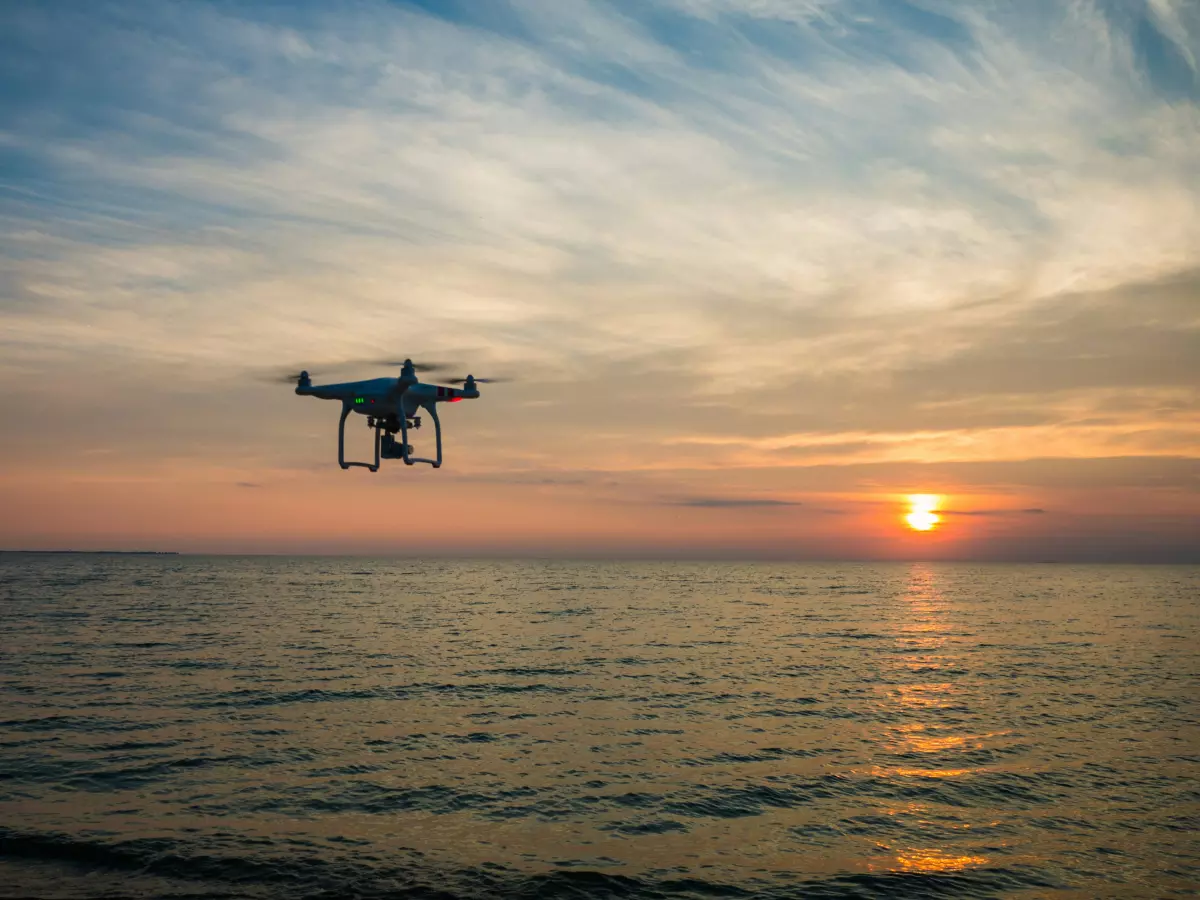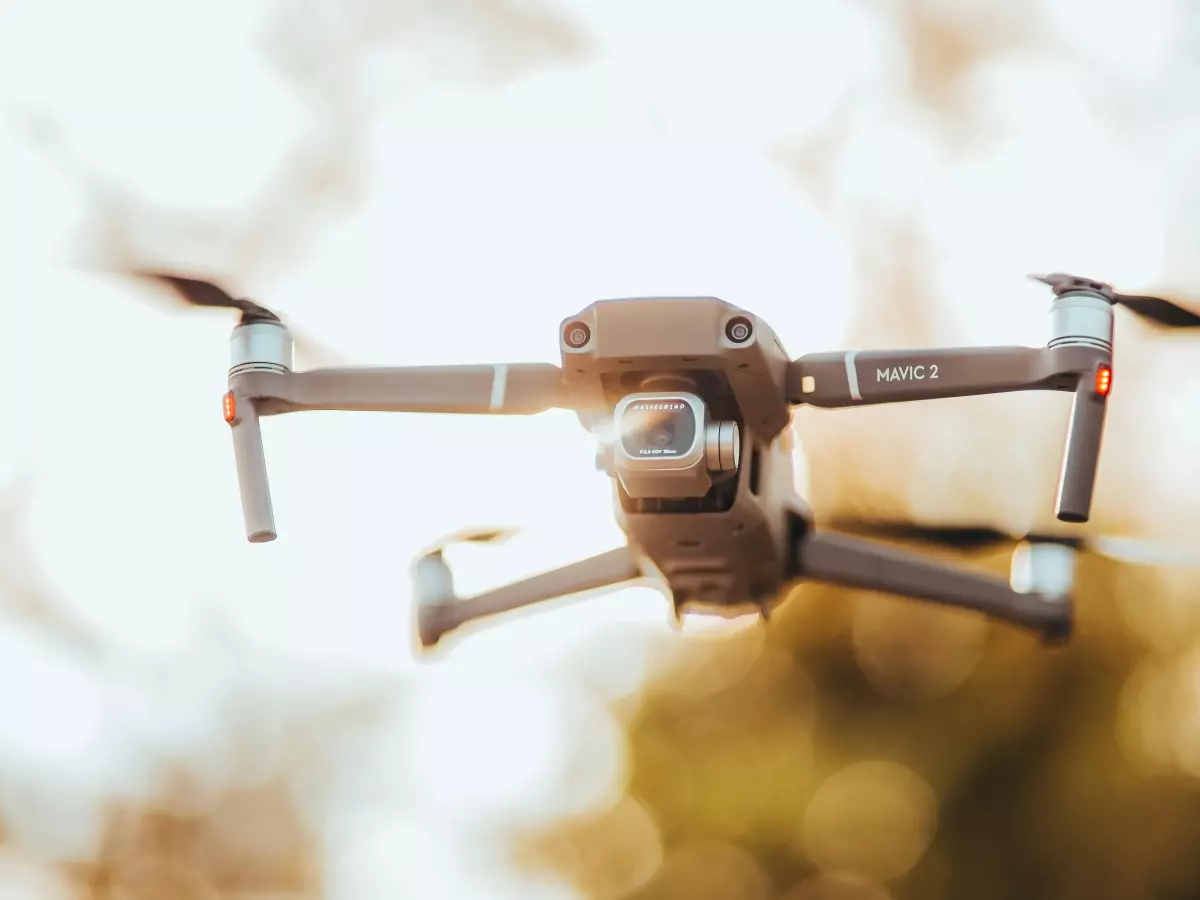Brains in the Sky
Think of a drone’s brain like a skilled conductor, orchestrating a symphony of sensors and software to make split-second decisions. It’s not just about flying—it’s about thinking on the fly.

By James Sullivan
Ever wonder how drones seem to glide through the air, dodging obstacles, making decisions, and navigating complex environments without a human at the controls? It’s not magic—it’s sensor fusion. And no, it’s not some sci-fi buzzword either. It’s the tech that’s quietly revolutionizing how drones operate autonomously. But what exactly is sensor fusion, and how does it help drones make decisions in real-time?
Let’s break it down. At its core, sensor fusion is like a group chat for all the sensors on a drone—GPS, cameras, gyroscopes, accelerometers, LiDAR, and more. Each sensor has its own perspective, but none of them can see the full picture on their own. Sensor fusion takes all that data and merges it into one cohesive view, allowing the drone to make smarter, faster decisions. It’s like having a team of experts in different fields all working together to solve a problem in real-time.
Flight Control Software: The Brain Behind the Brawn
Now, let’s talk about the flight control software—the real brains behind the operation. Imagine you’re piloting a drone manually. You’d be using a controller to adjust the drone’s speed, altitude, and direction. But when it comes to autonomous drones, the flight control software takes over, making those decisions for you. It’s like handing the keys to a self-driving car, but in the sky.
Flight control software is responsible for interpreting the data from the sensors and making decisions based on that information. It’s constantly calculating the drone’s position, velocity, and orientation, while also keeping an eye on external factors like wind speed and obstacles. The software then adjusts the drone’s movements accordingly, ensuring it stays on course—or avoids crashing into a tree.
But here’s where things get really interesting. The flight control software doesn’t just react to the data it’s getting from the sensors. It also predicts what’s going to happen next. For example, if the drone is flying toward an obstacle, the software doesn’t wait until the last second to change course. Instead, it anticipates the obstacle and adjusts the drone’s path well in advance. This predictive capability is what makes autonomous drones so smooth and efficient in their movements.
Sensor Fusion: The Ultimate Team Player
So, how does sensor fusion fit into all this? Well, think of the flight control software as the drone’s brain, and sensor fusion as its eyes, ears, and sense of touch. The sensors provide the raw data, but it’s sensor fusion that turns that data into something the flight control software can actually use.
For example, a drone might have a camera that can detect objects in its path, but the camera alone can’t tell how far away those objects are. That’s where sensor fusion comes in. By combining the data from the camera with data from other sensors—like LiDAR, which measures distance—the drone can get a much clearer picture of its surroundings. It’s like putting on a pair of glasses and suddenly being able to see everything in high definition.
But sensor fusion doesn’t just improve the drone’s ability to see. It also helps the drone make better decisions. By combining data from multiple sensors, the drone can cross-check information and filter out any noise or inaccuracies. This means the drone can make more reliable decisions, even in challenging environments where one sensor might be giving faulty data.
Autonomy: When Drones Think for Themselves
Now, let’s talk autonomy. This is where things get really cool. Autonomy is what allows drones to operate without human intervention. It’s the ultimate goal of sensor fusion and flight control software—to create a drone that can think for itself.
Autonomous drones use sensor fusion to build a real-time map of their environment. This map allows the drone to navigate complex spaces, avoid obstacles, and even make decisions about where to go next. For example, if a drone is tasked with delivering a package, it can use sensor fusion to plot the most efficient route, avoid obstacles like buildings or trees, and adjust its course if something unexpected pops up—like a flock of birds.
But autonomy isn’t just about navigation. It’s also about decision-making. Autonomous drones can be programmed to make decisions based on the data they’re receiving from their sensors. For example, if a drone is flying in bad weather, it can use sensor fusion to determine whether it’s safe to continue flying or if it should land and wait for conditions to improve. This kind of decision-making is what sets autonomous drones apart from their manually controlled counterparts.
The Future of Drone Autonomy
So, what’s next for drone autonomy? Well, the future is looking bright. As sensor technology continues to improve, drones will become even more capable of making complex decisions on their own. We’re already seeing drones being used for everything from package delivery to search and rescue missions, and as autonomy continues to evolve, the possibilities are endless.
One area where we’re likely to see big advancements is in the use of AI and machine learning. By incorporating AI into the flight control software, drones will be able to learn from their experiences and improve their decision-making over time. This means that future drones could become even more autonomous, capable of handling more complex tasks with less human intervention.
In the end, sensor fusion, flight control software, and autonomy are the three pillars that make modern drones so powerful. They work together to create a system that’s greater than the sum of its parts—allowing drones to not only fly but to think, adapt, and make decisions on the fly.
And that’s where the real magic happens.
So next time you see a drone zipping through the sky, remember: it’s not just a flying machine. It’s a brain in the sky, making decisions in real-time, thanks to the power of sensor fusion and autonomy.
Fun fact: The global drone market is expected to reach over $63 billion by 2025, with autonomous drones leading the charge. That’s a lot of brains in the sky!





